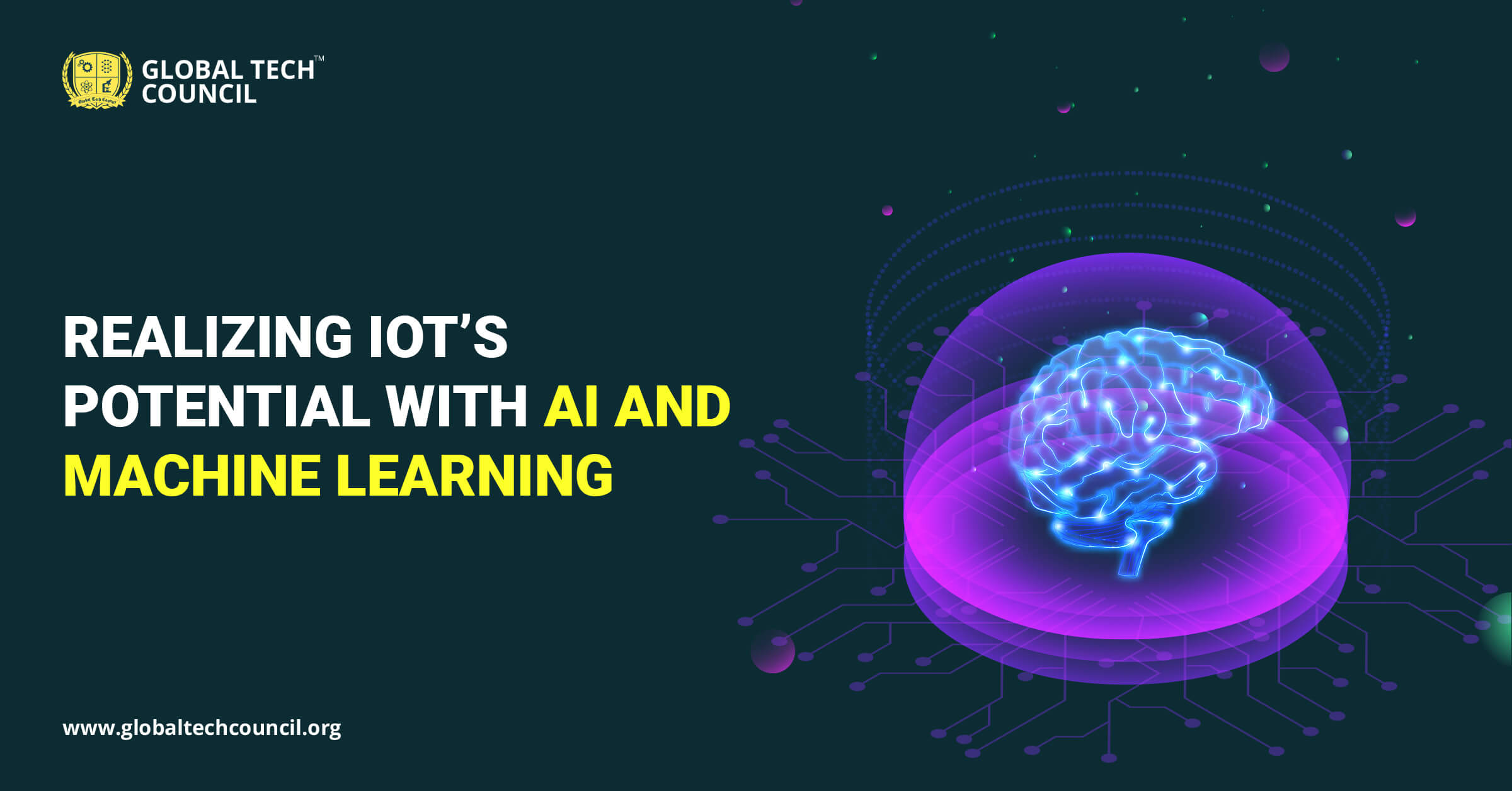
Gaining artificial intelligence as well as machine learning or ML applications right is the best way of getting more significant benefit from industrial internet of things or IIoT as well as IoT platforms. Notwithstanding the massive quantity of IoT data collected, companies lose sight of their corporate activity administration objectives since artificial intelligence and machine learning aren’t scalable for real-time issues. IIoT and IoT systems can fulfill the promise of increasing performance outcomes if the problem of artificial intelligence and machine learning workload scalability is addressed early on.
Overcoming the IoT’s Development Obstacles
More companies are exploring edge Ai certification-based projects to transform real-time production and system monitoring information into quicker outcomes from the Internet of Things. Businesses using IIoT and IoT have problems transferring vast amounts of integrated data to a mainframe or centralized cloud infrastructure for assessment and suggestion generation utilizing artificial intelligence and machine learning models. Edge AI-based solutions are becoming one of the most prevalent solutions for solving IoT’s development problems due to a mix of more extraordinary expenses for expanding data center or cloud services, bandwidth restrictions, as well as enhanced privacy concerns.
Companies must overcome the following difficulties to adopt IIoT as well as IoT to enhance system efficiency:
- An IIoT or IoT design must include AI and ML modeling as critical components, not an afterthought. When AI and ML modeling are bolted on to any IIoT or IoT system, the outcomes are minimal compared to when built into the technology’s base. The objective is to facilitate model processing throughout an IIoT/IoT infrastructure while lowering networking performance and delay.
- Further than real-time tracking, IIoT and IoT end-user devices must deliver situational information as part of a group. In approx three years or even less, edge artificial intelligence-based IIoT / IoT systems will become the unofficial norm in sectors that depend on supply chain management, velocity, as well as inventory shifts. Edge AI is the foundation of CIOs and IT executives’ IoT and IIoT implementation strategies, according to CIOs and IT executives in financial products, transportation, and production.
- The fastest-growing IIoT/IoT solutions are those with a distinct, distinctive market emphasis. To achieve scalability, each IIoT/IoT platform must specialize in a specific vertical market and offer the apps and resources needed to measure, analyze, and operate complex processes.
When the potential of IIoT/IoT expansion fulfills the complex demands of a given market, an awning of horizontally centered IoT platform suppliers depends heavily on collaborators for the complex vertical markets demand. Most IoT platform vendors find it difficult to achieve more market verticalization since their solutions are designed for broad and horizontal market demands.
How IIoT or IoT data may help you improve your performance
As per Microsoft’s IoT Signals Edition 2 survey, 90 percent of business decision-makers feel IoT is essential to their success. According to Microsoft’s poll, 79 percent of companies embracing IoT consider AI technology as either a primary or maybe a secondary part of their approach. The three primary reasons businesses use AI in their IIoT/IoT tactics and policies are forecasting maintenance, enhancing customer experiences, and prescriptive upkeep.
The following suggestions will help you enhance your IIOT/IoT effectiveness:
- Develop IIoT/IoT infrastructures now for potential AI edge device growth. Endpoint equipment capable of changing methods while ensuring the most diminutive official status will rule IIoT/IoT systems. Sensors are becoming a key attack vector on techniques due to their increasing intelligence and real-time activity monitoring enhancements. Nowadays, intelligent manufacturing facilities are achieving micro-segmentation and imposing the least authorized access to each sensing node.
- The majority of the time, business arguments that contain revenue increases as well as expense reductions succeed. Manufacturing executives who wanted to use IIoT to better supply chain tracking realized those cost savings projections are not enough to persuade their committees to invest. When the value proposition demonstrated how better insight expedited inventory turns, enhanced cash flow, cleared up working cash, or recruited additional customers, financing for pilots was not greeted with the same level of opposition as when cost reduction was offered solely.
The more IIoT/IoT systems that provide a technology platform for business process management real-time tracking and monitoring, the more likely they will be authorized.
- Plan ahead for artificial intelligence and machine learning systems that can expand from activities to accounting and finance. The capacity to understand what’s happening on the sales floor on financial statements in real-time, according to the head of an industrial IIoT initiative, sold senior management and the directors on the industry. It’s crucial to understand how provider trade-offs, equipment choices, and staff assignments affect production rates and overall productivity improvements.
An added benefit is that everybody on the production floor fully understands whether they met their daily sales targets or not. Due to IIoT information, making quick trade-offs on item assurance assessment helps relieve variations in actual costs on every assignment.
Conclusion
Instantaneous IoT data has the insights that digital transformation efforts require to be successful. Legacy technological infrastructures and frameworks, on the other hand, limit the utility of IoT data by not expanding to accommodate large-scale AI and ML modeling contexts, applications, and workflows. As a response, companies that collect large volumes of IoT data, particularly manufacturers, require an IoT platform specifically intended to facilitate new technologies and services.